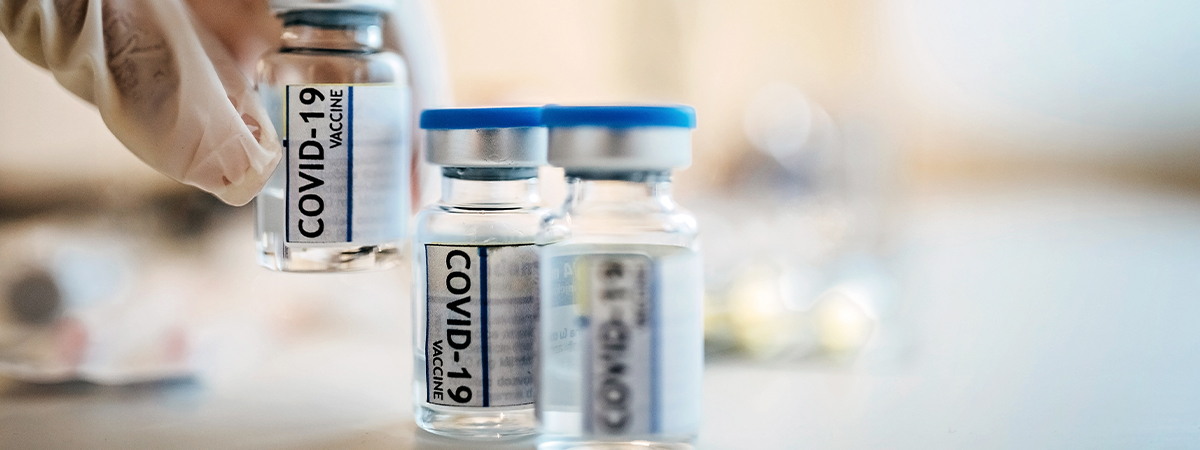Editor’s Note: This infographic originally appeared in Brink.
High-income countries have, on average, administered nearly 25 times more doses of coronavirus vaccines than low-income countries, according to Our World in Data. The data reveal a stark difference in vaccination programs by country: Richer countries have administered nearly 170 doses per 100 residents, compared to just seven in low-income countries.
Lower-income countries have suffered from a lack of vaccine supplies and other logistical challenges. Many have relied on COVAX, which originally aimed to provide two billion doses by the end of 2021.
Yet, export bans, production problems and hoarding by wealthy nations have severely undermined this number, with one report saying that just over 1.1 billion doses had been delivered by the end of January. At the current pace, 109 countries would miss out on fully vaccinating 70% of their populations by the start of July 2022, says the WHO.
The lack of vaccine access in poor countries (and vaccine hesitancy anywhere) results in persistent transmission of SARS-Cov-2, which works in favor of new variants emerging. This will continue straining health care systems and further jeopardize work-life equality, labor force participation and the careers of women — who have already suffered disproportionate job and income loss during the pandemic.


